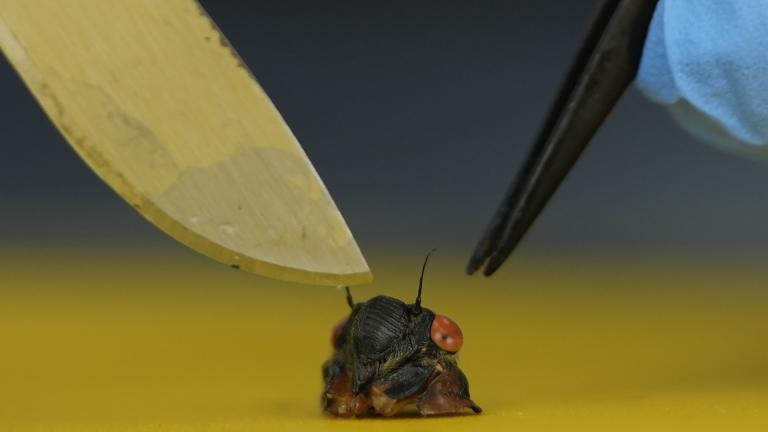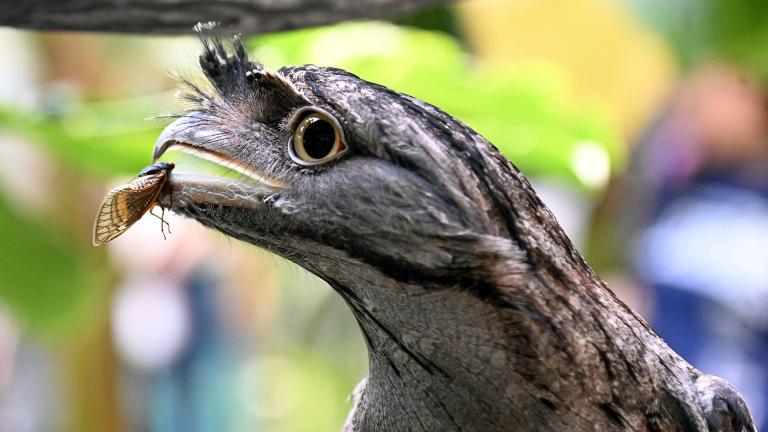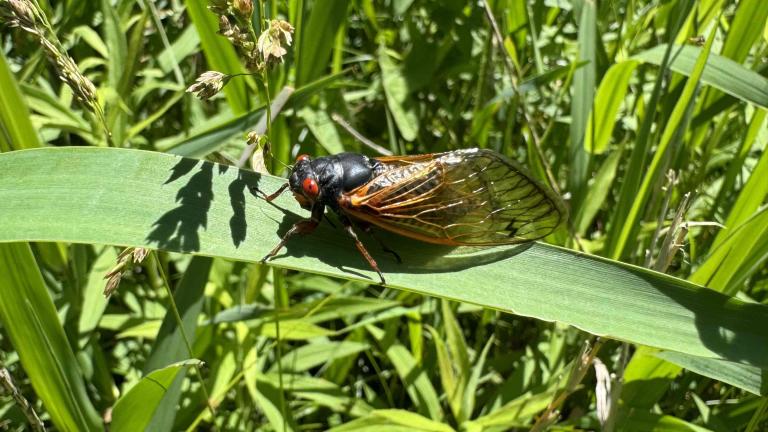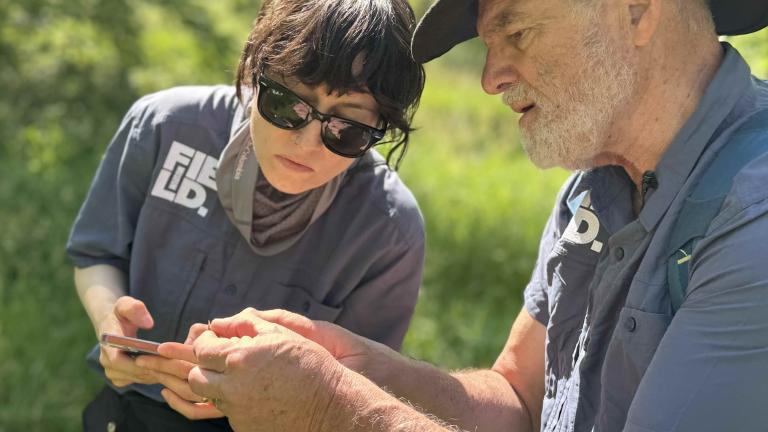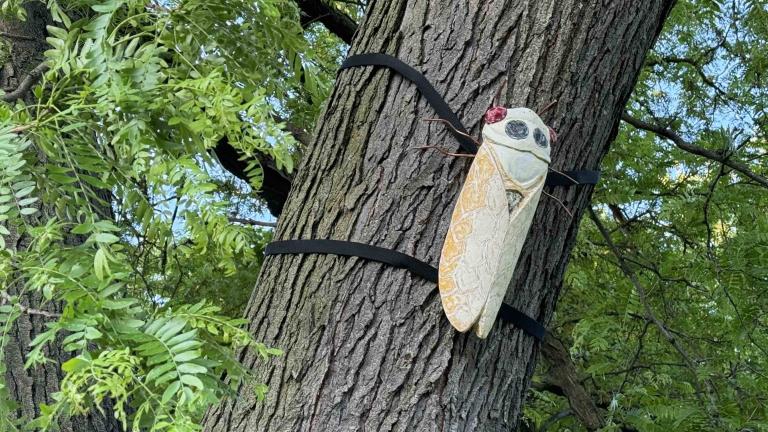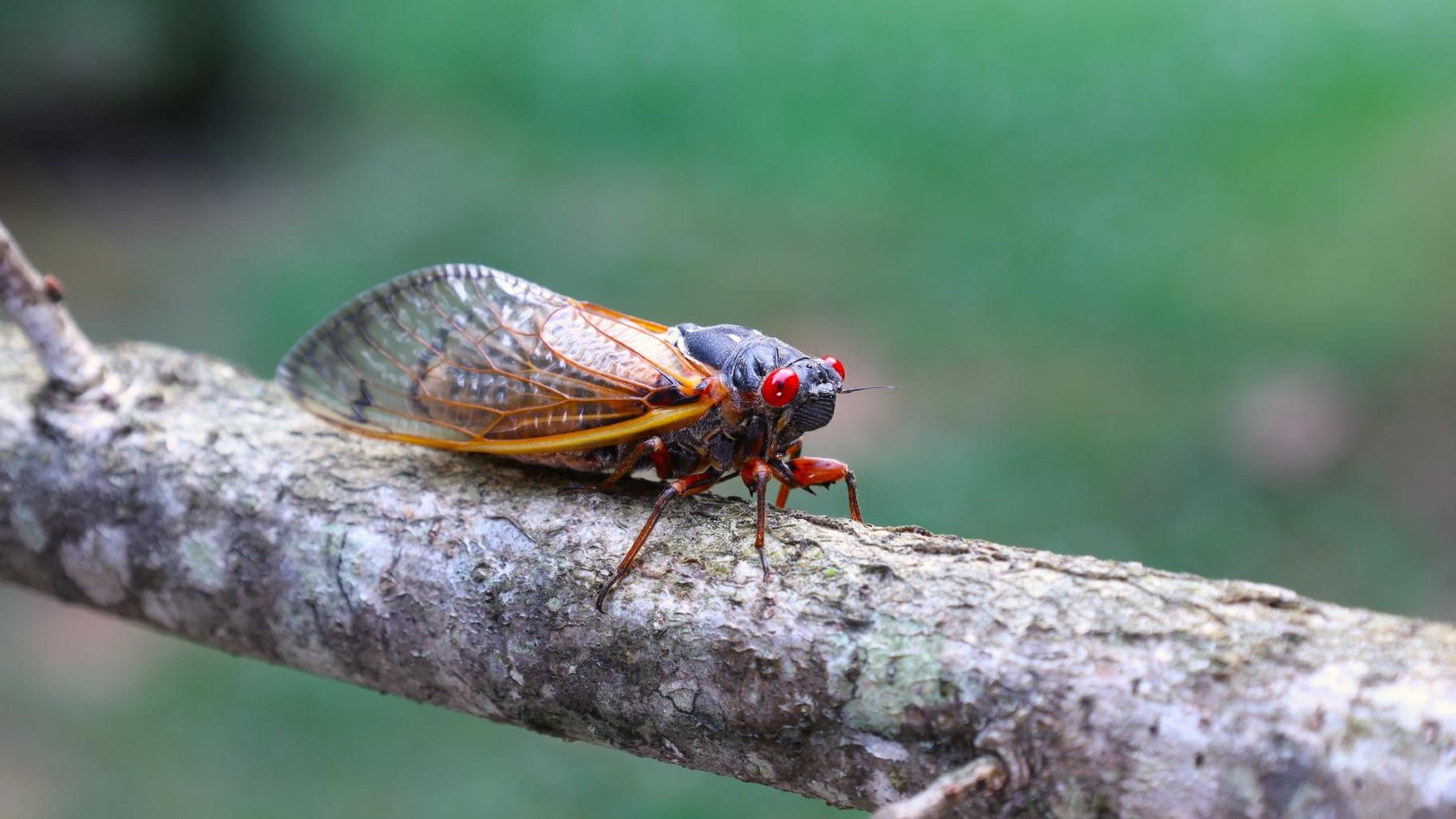 Brood XIX periodical cicada. (Alabama Extension / Flickr Creative Commons)
Brood XIX periodical cicada. (Alabama Extension / Flickr Creative Commons)
Can we interest you in some spicy popcorn cicadas? Grilled cicada kebabs? Maybe a slice of cicada banana bread washed down with a shot of cicada-infused Malört?
Yep, cicadas are edible. But before you pluck one or two or three dozen off the nearest tree and pop them in the air fryer, here’s some food for thought from cicada experts.
The ethical dilemma
Just because we can eat cicadas, does that mean we should? Opinions are divided.
John Cooley, a longtime cicada researcher who runs the Periodical Cicada Project out of the University of Connecticut, isn’t a fan of people consuming the insects for kicks, whether on a dare or in the hopes of creating a viral video.
“This is a thing that’s trying to make a living, and it’s been living for 17 years. Eating it for titillation seems just a little bit off,” said Cooley, who’s never tasted a cicada.
Though insects are often promoted as a more sustainable source of protein than, say, cattle, researcher Gene Kritsky said applying that logic to periodical cicadas doesn’t hold water given their rare appearances. No diet would rely on an ingredient only available once every 17 years.
“Eating a periodical cicada is a gimmick,” Kritsky said, and he won’t be partaking this go around.
Kritsky did say he sampled the insects back in 1987, but since then, his study of cicadas has earned him tenure at Mount St. Joseph University. His way of repaying the favor has been to take them off his personal menu.
“I like cicadas too much to encourage people to eat them,” Kritsky said.
Jim Louderman, a collections assistant at the Field Museum, is of a different mindset.
There are so many cicadas emerging that the comparatively small amount people might forage or “harvest” is a drop in the bucket and actually could go a long way toward making people less fearful of bugs.
“Anything that allows people to gain an appreciation for insects is a good thing,” Louderman said.
There are a number of caveats, though. Here’s what to consider before chomping on a cicada.
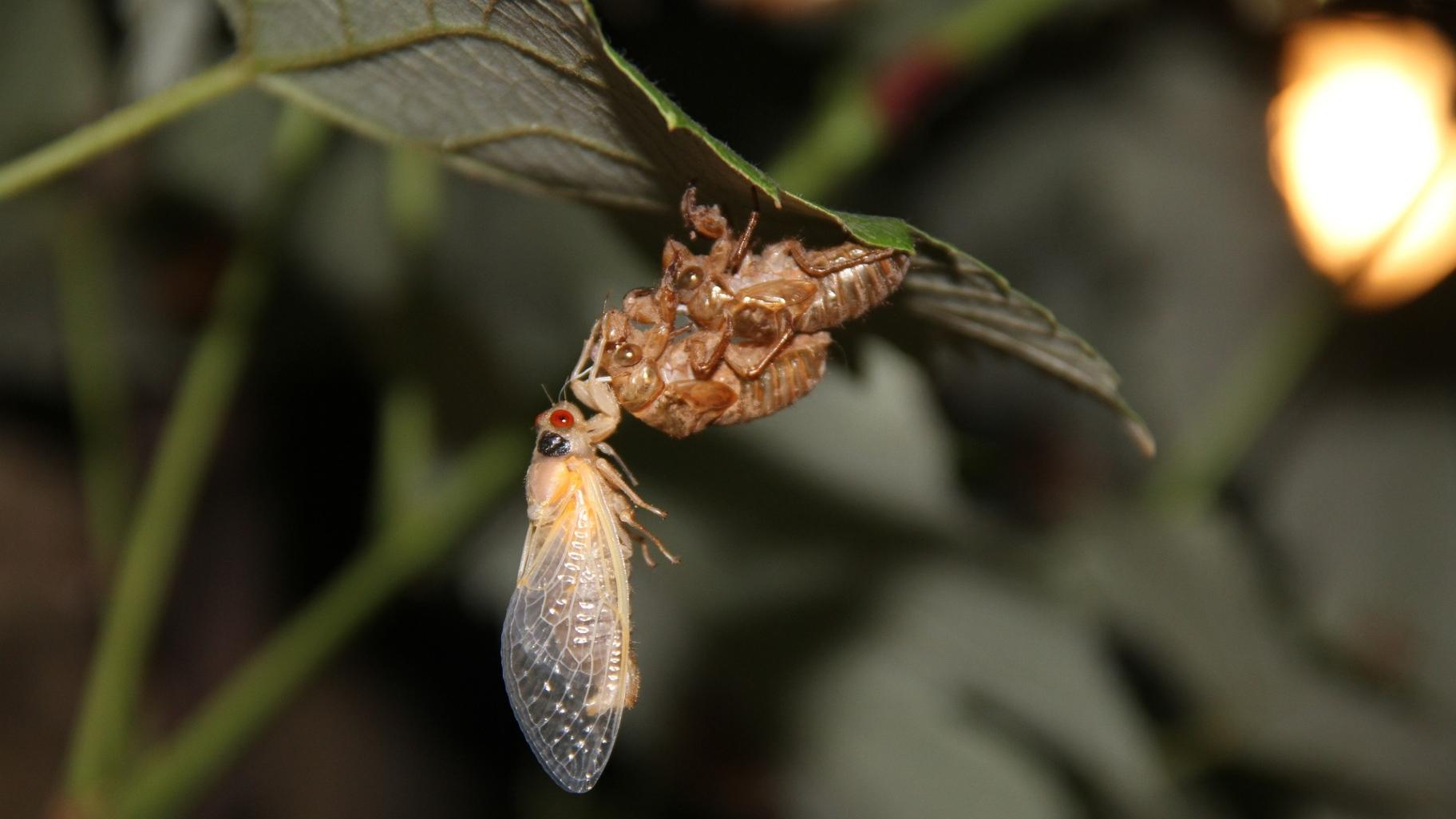 Adult cicadas just out of the shell are the most tender, in terms of eating, experts said. (VividSoup / Pixabay)
Adult cicadas just out of the shell are the most tender, in terms of eating, experts said. (VividSoup / Pixabay)
Where’d the cicada come from?
Remember, the cicadas currently blanketing northern Illinois have been living underground for 17 years (13 years for the brood in southern Illinois). During that time, they’ve been exposed to whatever else lurks in the soil, including pollutants.
“If you wouldn’t eat a vegetable grown in that soil, don’t eat a cicada,” said Louderman.
Pesticides and other chemicals used to treat lawns are just one concern. Lead — from paint around older homes — is another, and so is mercury.
“(Cicadas) have been shown to be mercury bio accumulators,” said Cooley. “How much do you eat fish out of the forest preserves? So keep that in mind. How much mercury do you want?”
Speaking of forest preserves, it’s illegal to use these green spaces as a meat market for your cicada buffet.
Forest preserve districts in counties surrounding Chicago — Cook, Lake, DuPage and Will — all have prohibitions against foraging for plants or animals on their property, and anyone caught breaking those laws faces potential fines.
Do you have a shellfish allergy?
Then take a pass on cicadas, according to the Food and Drug Administration.
Concerned about becoming a zombie?
Some cicadas are infected with a fungus that turns them into sex-crazed zombies. A plug of spores replaces the end of the cicada’s abdomen while it’s still alive and mates with anything in sight to spread the disease before dying.
“Mercifully fungi seem to be host-specific,” Cooley said. “But I would be lying if I didn’t say that at various times in my career as I’ve picked up one of these (infected cicadas) I’ve kind of hesitated a bit and think, ‘God, I hope this can’t spread.’ I certainly wouldn’t want to inhale that stuff.”
Still up for a taste test?
If you’re foraging, look for newly emerged adults, which are milky white in color. Their shells won’t have hardened, and they’ll be more tender, according to Louderman. Otherwise, he said, it’s like eating a lobster and “you’d have to crack them open” to get at the meat.
See the technique demonstrated by this cotton-top tamarin, dining on cicadas at Brookfield Zoo, where animals are feasting on insects that have emerged on zoo grounds.
Video: Animals at Brookfield Zoo snack on recently emerged cicadas. (Lynette Kleisner / Brookfield Zoo Chicago)
Experts at Ohio State University recommend blanching cicadas’ soft bodies in boiling water for one minute and then freezing them overnight. Staff at the University of Illinois Extension suggest also removing heads, wings and legs before cooking.
Then make good use of your spice rack.
“When they’re cooked, they’re usually highly seasoned,” Louderman said.
Contact Patty Wetli: @pattywetli | (773) 509-5623 | [email protected]

